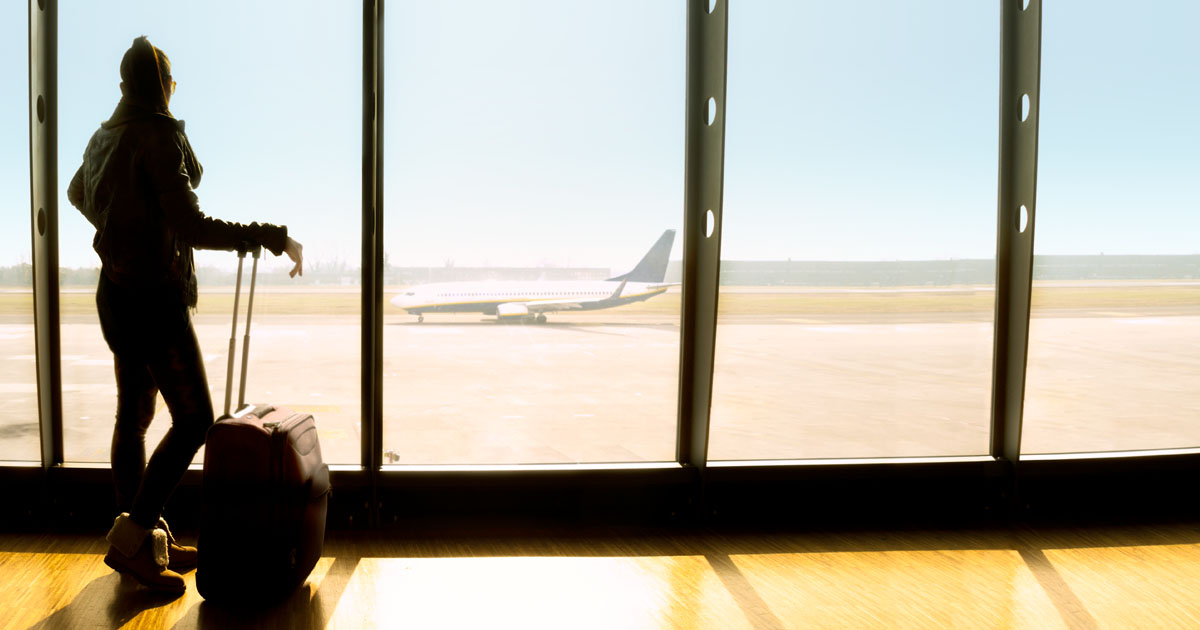European Public Transport Secrets: How to Navigate Cities Like a Local
Think Europe’s public transport is just trains and trams? Think again. Beneath the sleek exteriors of metros and buses lies an intricate web of unwritten rules, local hacks, and time-saving tricks that even seasoned travelers often miss. To truly move like a local, you need more than a ticket—you need intuition, timing, and a little insider knowledge. Whether it’s skipping the tourist queues in Paris or mastering the quiet car etiquette in Berlin, knowing the rhythm of a city’s commute can turn chaos into charm. We’ve expanded our list to 16 European Public Transport Secrets to help you not just get around, but blend in. These aren’t generic tips—they’re smart, street-savvy moves that make every journey smoother, faster, and way more enjoyable. Ready to travel smarter? Let’s ride.
1. Understanding the European Transport Landscape

Europe's public transport systems are a tapestry of trains, trams, buses, and subways, each with its unique characteristics and operational quirks. Unlike many other regions, European cities often prioritize public transport over private vehicles, resulting in well-developed and frequently used networks. Familiarizing yourself with the types of transport available in your destination is crucial. For example, while London boasts an extensive underground system, Amsterdam is renowned for its efficient tram network. Knowing the strengths of each city's system allows for smarter travel choices, ensuring you spend more time exploring and less time waiting.
2. Mastering the Art of Timetables and Schedules
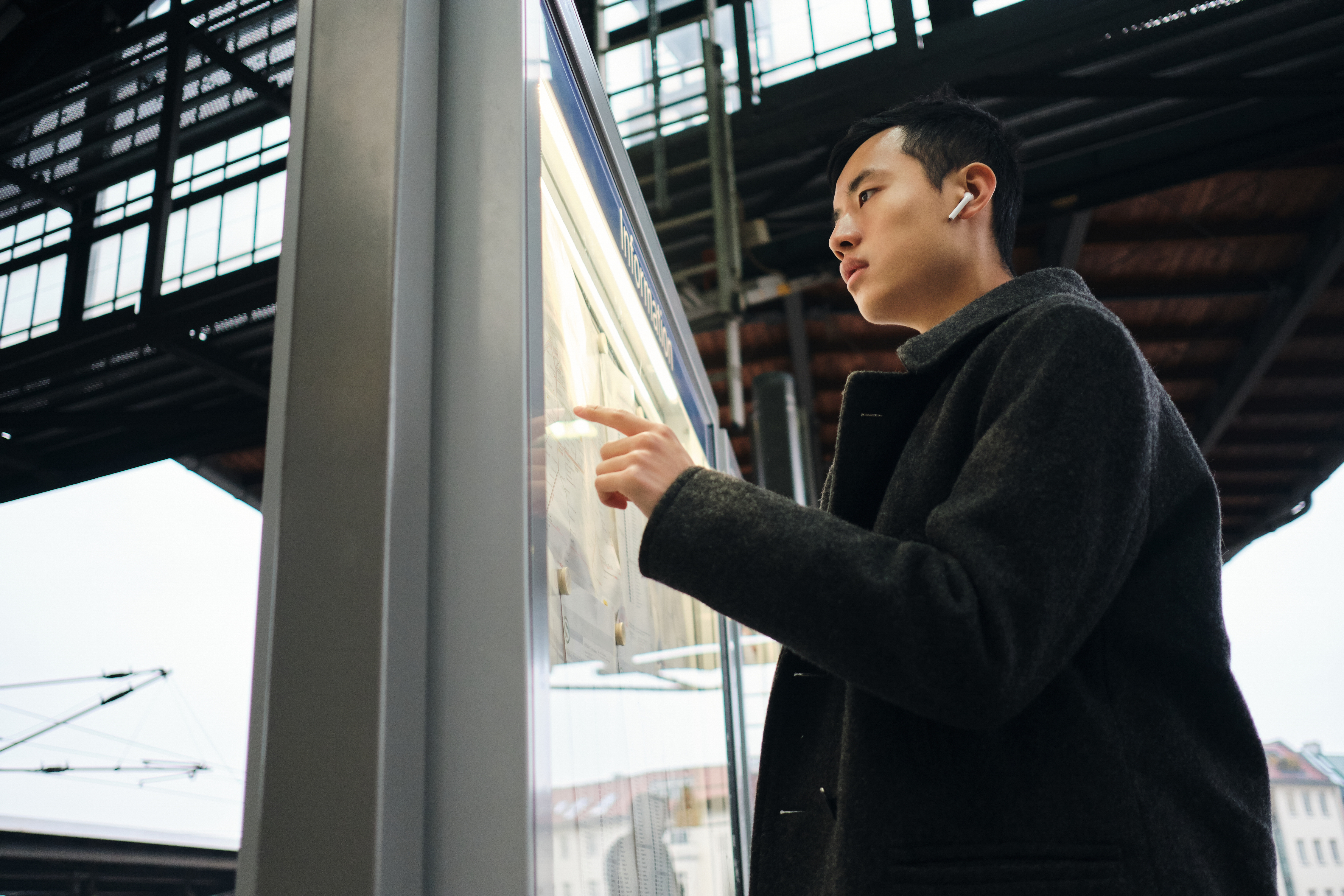
One of the most critical skills in navigating European public transport is understanding timetables and schedules. European cities often operate on strict schedules, with trains and buses departing precisely on time. This punctuality, while beneficial, can be a double-edged sword for travelers unfamiliar with it. Learning to read and interpret these schedules is essential. Many cities offer digital resources, such as apps and online timetables, which provide real-time updates and route planning. By mastering these tools, you can plan your journeys with precision, avoiding the frustration of missed connections and long waits.
3. Embracing Technology: Apps and Online Tools
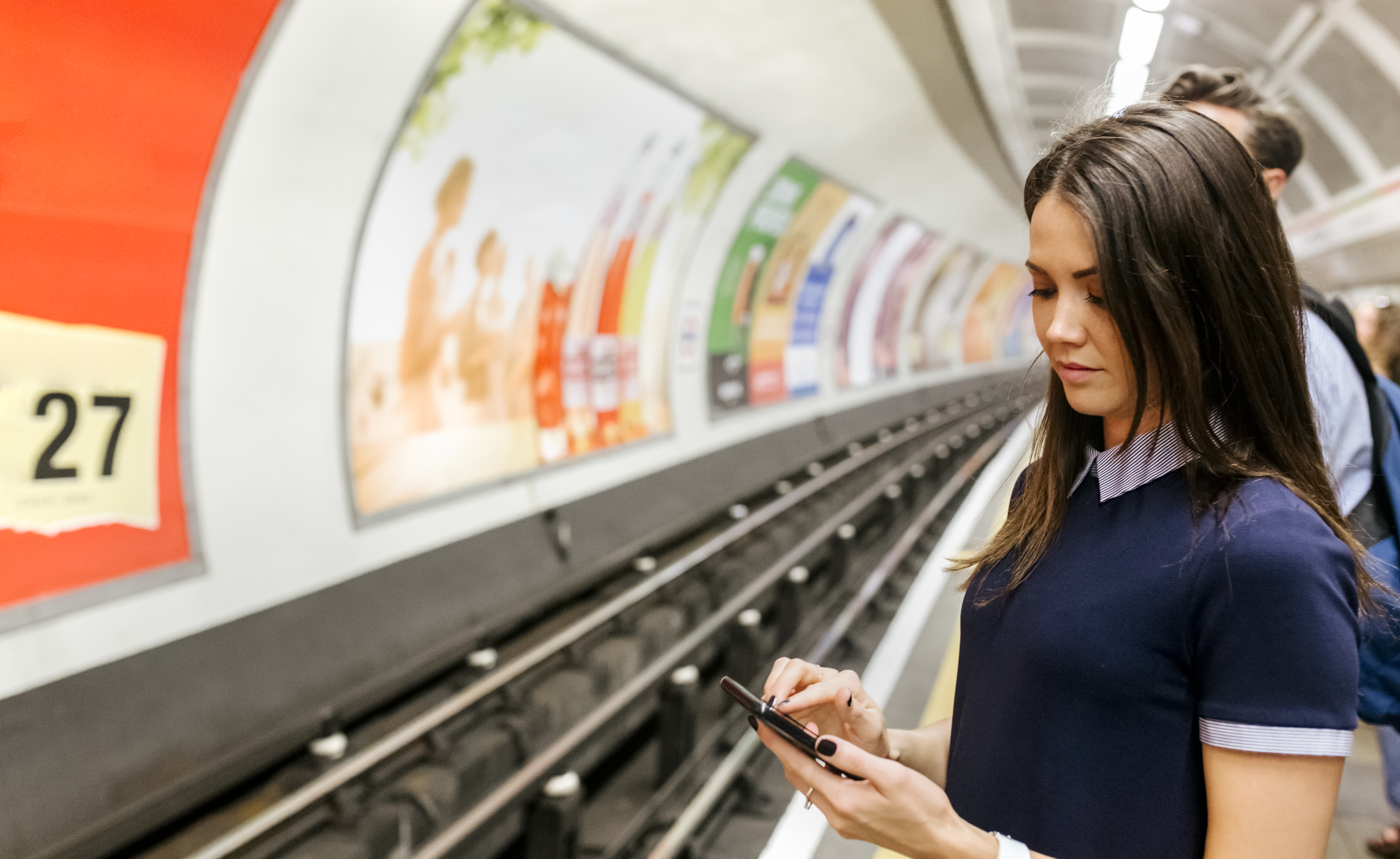
In today's digital age, technology is your best ally in navigating public transport systems. Numerous apps are designed to simplify your travel experience, offering everything from route planning to real-time updates. Apps like Citymapper and Moovit provide comprehensive coverage of European cities, including lesser-known routes and schedules. These tools can offer alternative routes during disruptions, suggest the fastest paths, and even provide walking directions to and from stations. Embracing these technologies not only enhances your travel efficiency but also empowers you to explore more freely and confidently.
4. Navigating Language Barriers
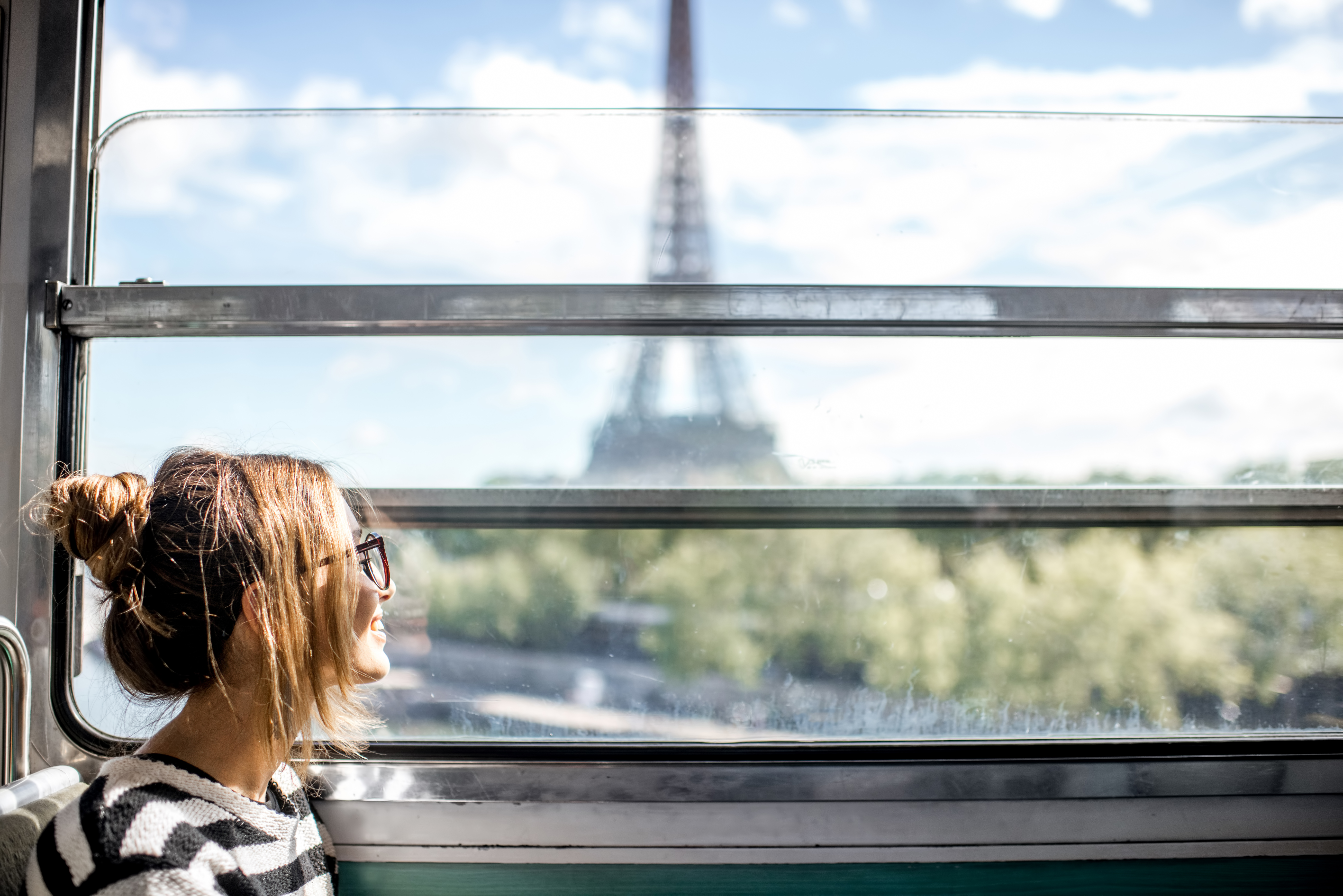
Language can be a significant hurdle when traveling through Europe, where a plethora of languages are spoken. However, this barrier can be overcome with a few strategic approaches. Learning basic phrases in the local language, such as "Where is the train station?" or "What time is the next bus?" can be invaluable. Additionally, many transport apps offer multilingual support, translating schedules and directions into your preferred language. Understanding key transport terms and symbols can also aid in deciphering signs and announcements, ensuring you never miss your stop.
5. Decoding Ticketing Systems
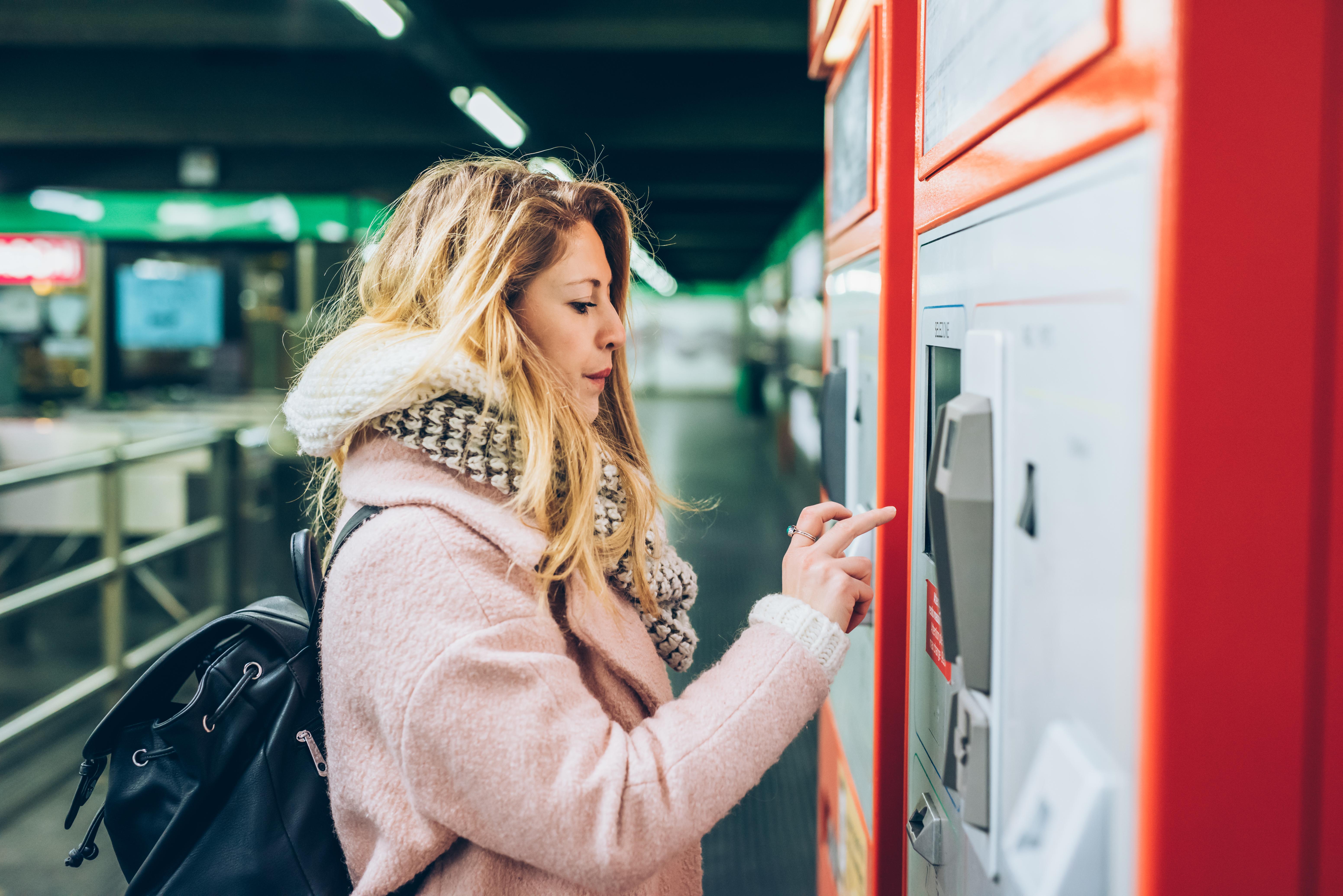
Ticketing systems in Europe can vary widely, from simple paper tickets to complex digital passes. Understanding how these systems work is crucial to avoiding fines and ensuring smooth travel. Many cities offer travel cards or passes that provide unlimited travel within certain zones for a set period, often at a discounted rate. These can be a cost-effective option for travelers planning to use public transport extensively. Familiarize yourself with the ticketing options available in your destination, and always validate your ticket before boarding to avoid penalties.
6. Cultural Etiquette in Public Transport

Each European country has its own set of cultural norms, and public transport is no exception. Understanding and respecting these unwritten rules can enhance your travel experience and help you blend in with the locals. For instance, in Germany, it is customary to maintain silence on trains, while in Italy, lively conversations are common. Observing locals and following their lead can prevent cultural faux pas. Additionally, being mindful of personal space, offering seats to those in need, and keeping noise levels down are universally appreciated gestures.
7. Strategic Route Planning
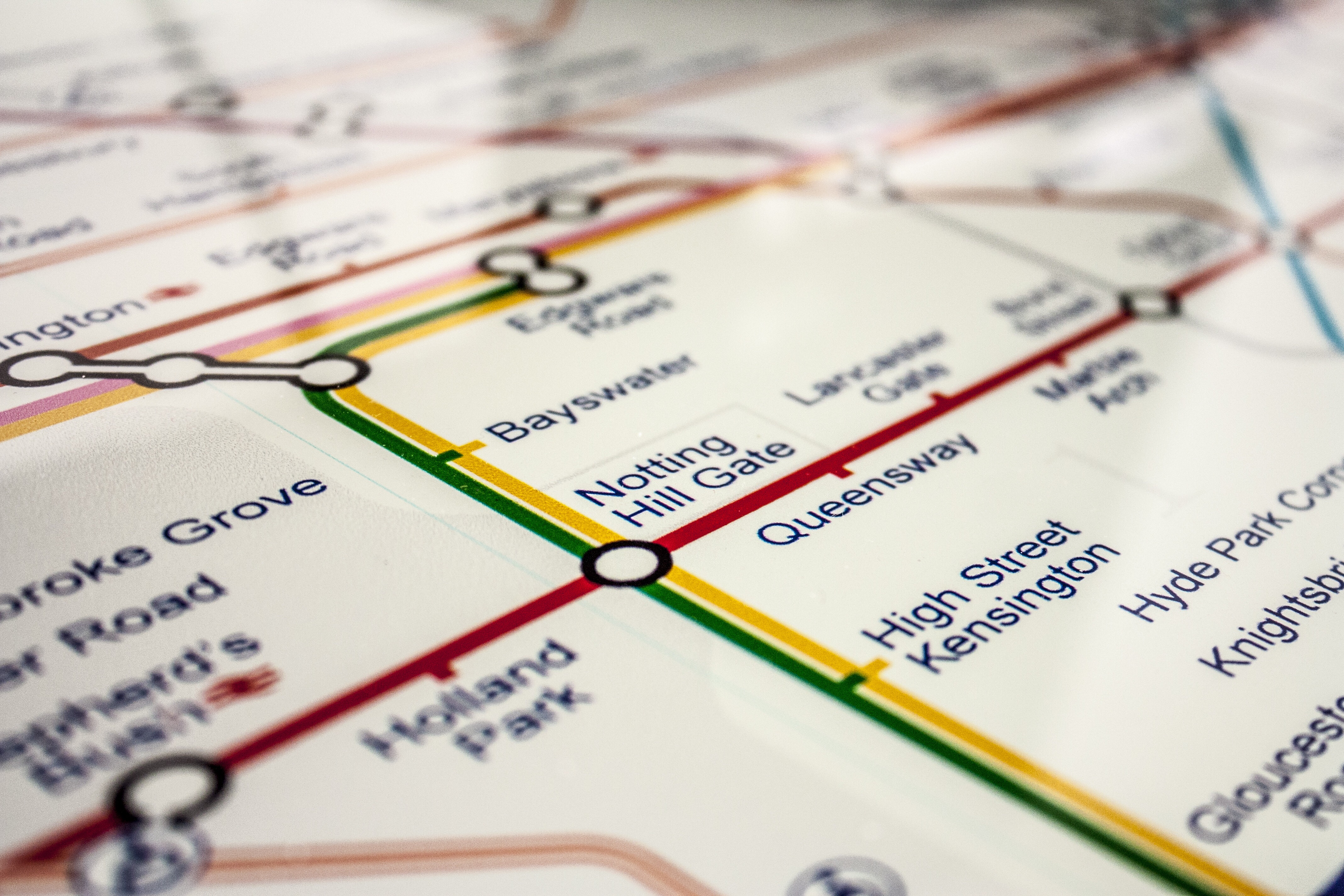
Efficient route planning is the cornerstone of mastering European public transport. Before setting out, take the time to map out your journey, considering factors such as peak travel times and potential delays. Many European cities offer multiple routes to the same destination, each with its pros and cons. Weighing options like direct routes versus scenic detours can enhance your travel experience. Strategic planning not only saves time but also allows you to explore lesser-known areas and attractions that might be off the beaten path.
8. Peak and Off-Peak Travel Tips

Understanding peak and off-peak travel times can significantly impact your public transport experience. During peak hours, transport systems can become crowded, making travel uncomfortable and stressful. Conversely, traveling during off-peak times often means less crowded vehicles and a more relaxed journey. Researching the peak times for your destination and planning your travel accordingly can enhance your comfort and efficiency. Additionally, some cities offer discounted fares during off-peak hours, providing a financial incentive to travel at less busy times.
9. Safety and Security Considerations

Safety is a paramount concern when navigating public transport systems. While European cities are generally safe, being aware of your surroundings and taking precautions is always wise. Keep your belongings secure and be mindful of pickpockets, especially in crowded areas. Familiarize yourself with emergency procedures and exits on public transport vehicles. Additionally, staying informed about any travel advisories or disruptions can help you avoid potentially unsafe situations. By prioritizing safety, you can focus on enjoying your journey without unnecessary worry.
10. Sustainable Travel Practices
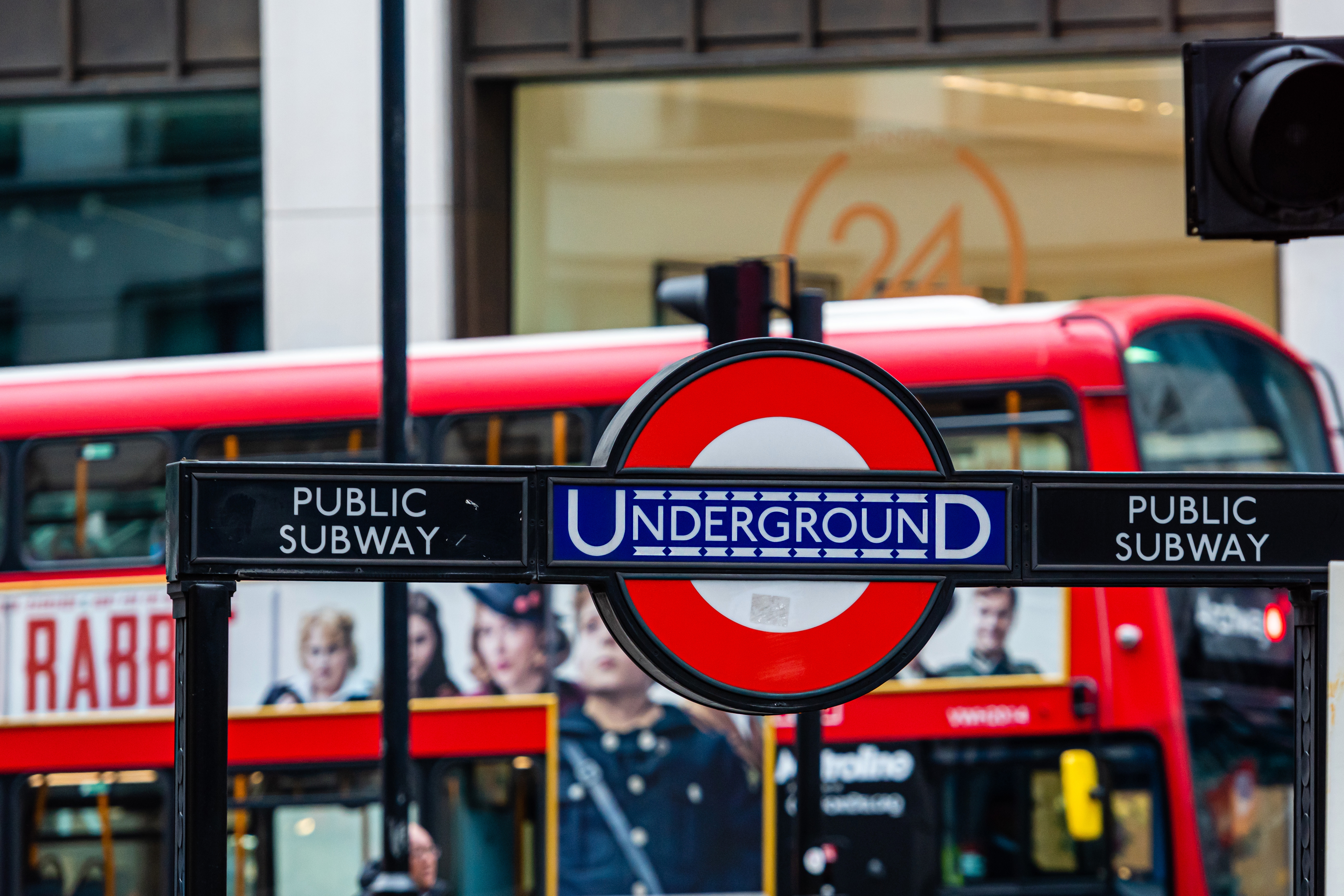
Public transport is inherently more sustainable than private car travel, but there are additional steps you can take to minimize your environmental impact. Consider using bicycles or walking for short distances, which not only reduces your carbon footprint but also allows you to experience the city more intimately. Many European cities offer bike-sharing programs, providing an eco-friendly alternative to traditional transport. By integrating sustainable practices into your travel routine, you contribute to the preservation of the cities you visit, ensuring they remain vibrant and accessible for future generations.
11. Engaging with Locals and Fellow Travelers

One of the greatest joys of traveling is connecting with people from different cultures. Public transport offers a unique opportunity to engage with locals and fellow travelers, gaining insights and tips that guidebooks may not provide. Striking up a conversation with a local can lead to recommendations for hidden gems and local eateries. Fellow travelers can share their experiences and advice, enriching your journey. By being open to these interactions, you transform your travel from a solitary experience to a shared adventure, filled with stories and connections.
13. Station Shortcuts: Not All Exits Are Equal
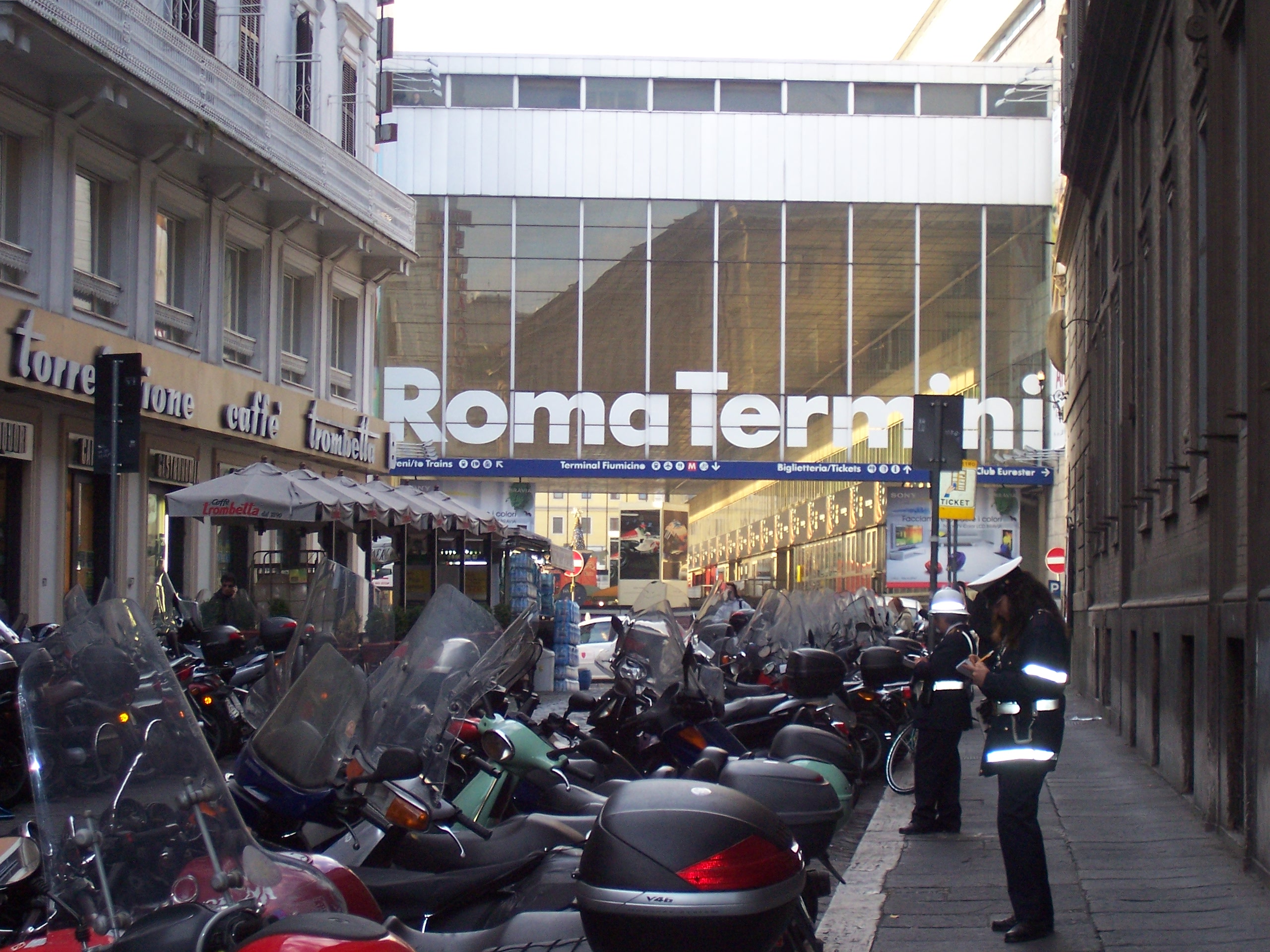
European train and metro stations can be sprawling, with multiple exits that lead to entirely different neighborhoods. Locals know that choosing the right exit can save 15 minutes—or a lot of uphill walking. Stations like Rome’s Termini or Berlin’s Hauptbahnhof have layered exits, so always check platform signage for exit names, landmarks, or compass directions. Google Maps’ street view or local transit apps often show which exit leads to what. Mastering station exits can mean the difference between a confusing detour and a perfectly timed arrival.
14. Quiet Cars Are Sacred (And Unforgiving)
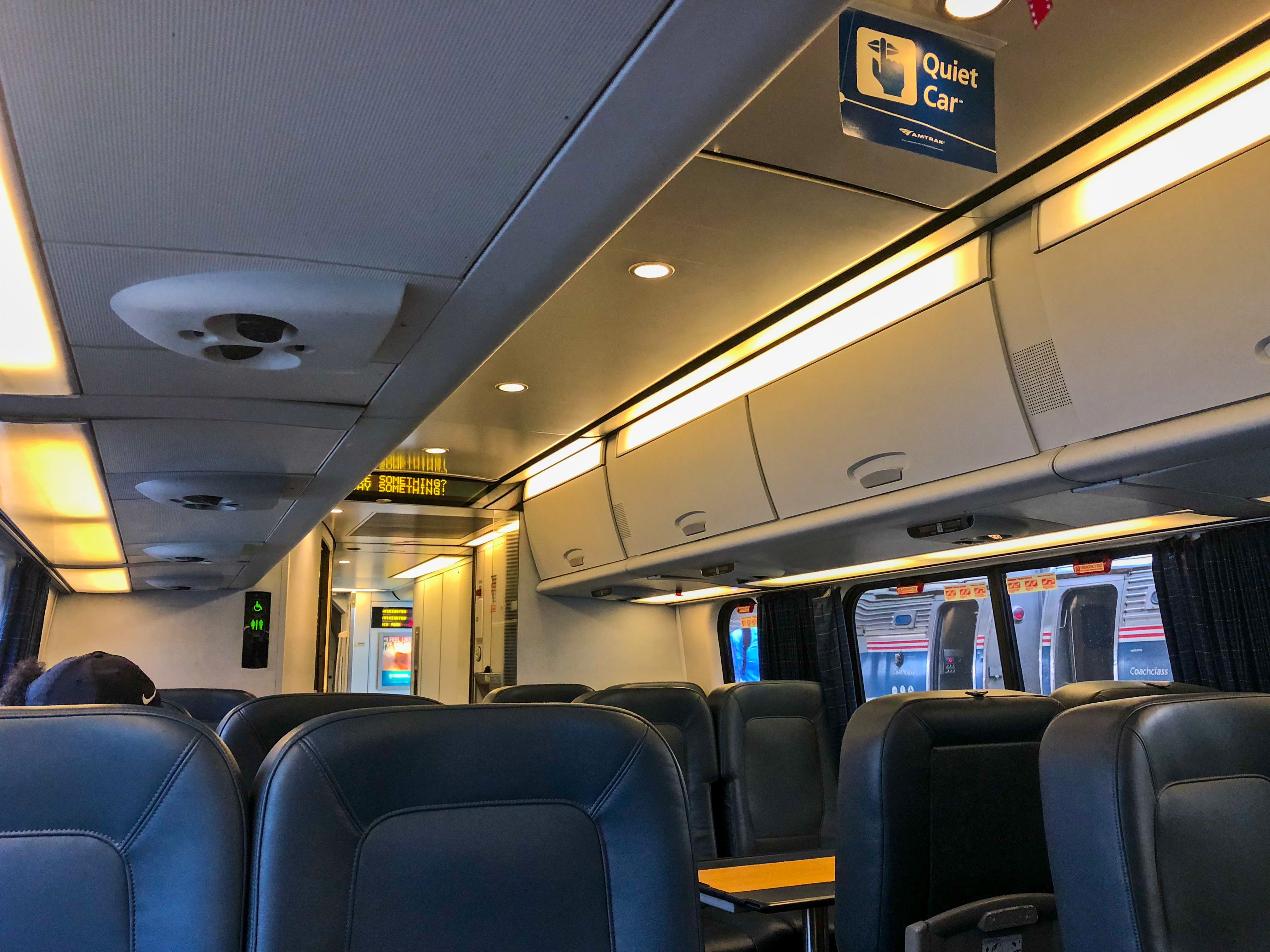
If you board a long-distance train and see a car marked “Quiet Zone,” take it seriously. These sections are strictly silent—no phone calls, no loud conversations, not even a noisy snack. While these zones are a blessing for introverts and tired travelers, they’re also patrolled by both conductors and passive-aggressive glares. Especially in countries like Switzerland or the Netherlands, violating the unspoken code can draw public rebuke. Want peace? Sit in one. Want to chat? Avoid them at all costs. Silence is golden—and in these cars, it's enforced.
15. Validate or Regret It: The Unseen Step That Matters
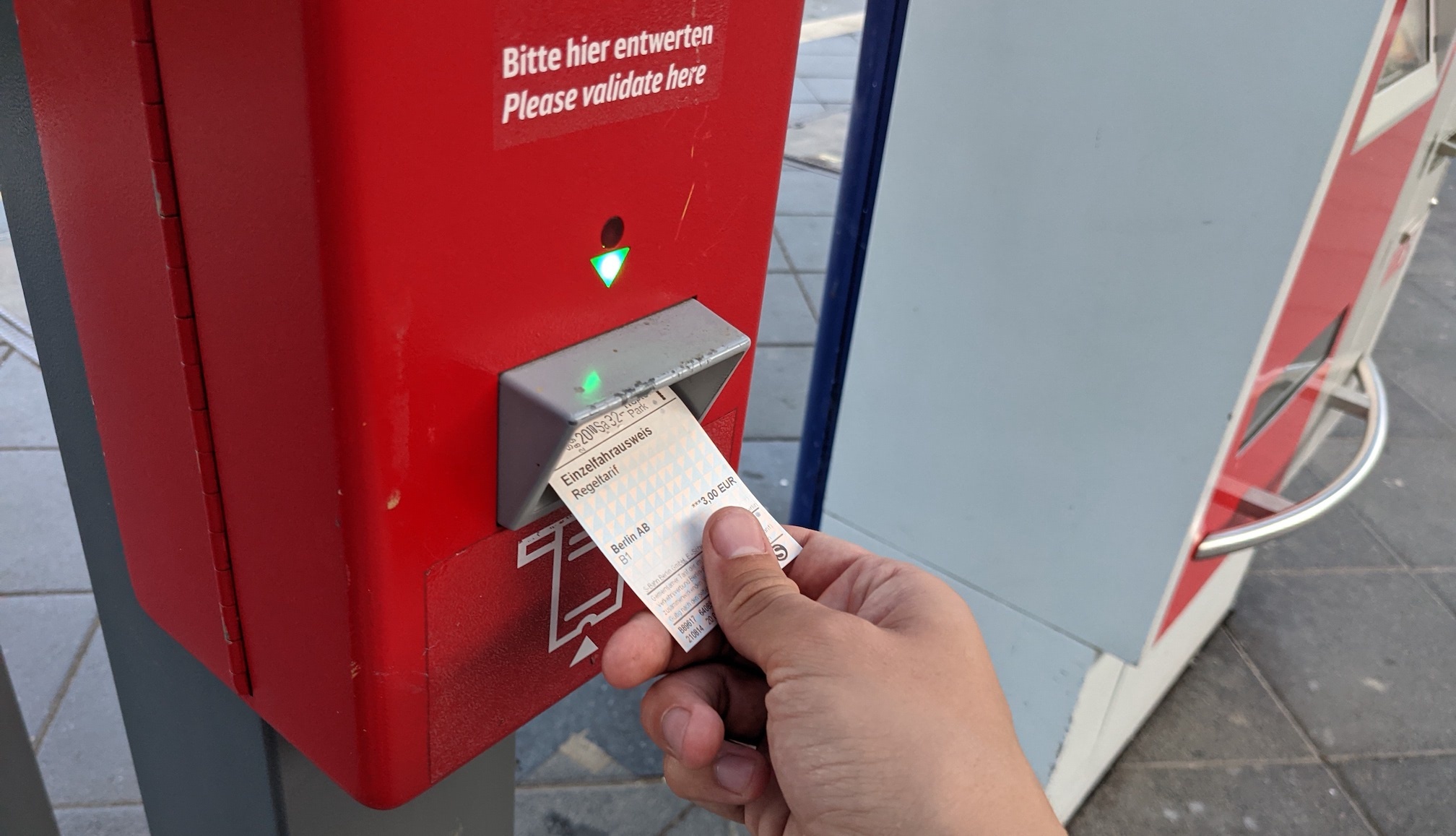
In many cities—especially across Italy, Austria, and parts of Eastern Europe—buying a ticket isn’t enough. You must validate it in a small machine before boarding. Skipping this step, even by accident, can result in hefty fines and no sympathy. Validation timestamps your ticket, proving you’re using it within the correct time frame. Look for small yellow or green boxes near platforms or on trams and buses. It’s one of the most common mistakes tourists make—so don’t just board… beep before you move.
16. Transport as a Scenic Experience

Not all public transport is about efficiency—some rides are experiences in themselves. Take the tram 28 in Lisbon, which winds through historic quarters with postcard views, or the ferry in Stockholm that doubles as a sightseeing cruise. Locals often use these scenic routes daily, but for travelers, they offer a unique and inexpensive tour of the city. Research which metro lines, trams, or buses offer the best views—some even have panoramic windows or rooftop decks. In Europe, the journey can be just as beautiful as the destination.
Ride Like You Belong

Mastering public transport in Europe isn’t just about getting from point A to B—it’s about stepping into the rhythm of the city itself. From silent train cars to scenic ferry rides, each journey offers more than convenience; it’s a glimpse into the culture, habits, and unspoken codes of everyday life. The difference between feeling like a tourist and moving like a local often comes down to the little things—choosing the right exit, validating your ticket, or knowing when not to speak. With these 16 insider secrets, you're not just better equipped to navigate the continent—you’re ready to experience it fully, authentically, and on your own terms. So the next time you hop on a tram in Budapest or a metro in Madrid, don’t just ride—observe, adapt, and belong. Because in Europe, the real magic isn’t just in where you go. It’s in how you move through it.






